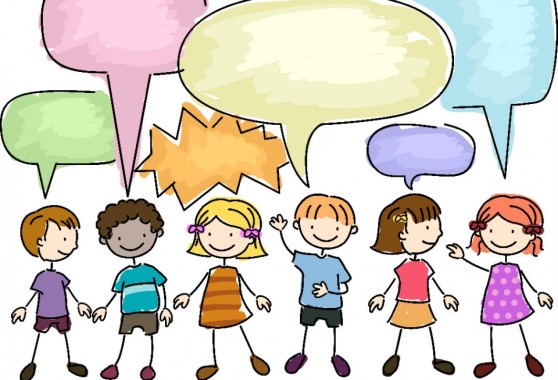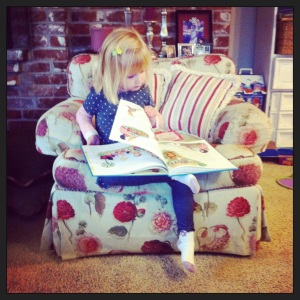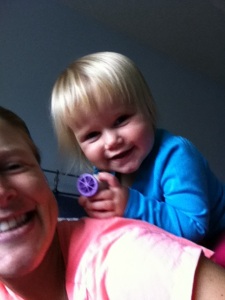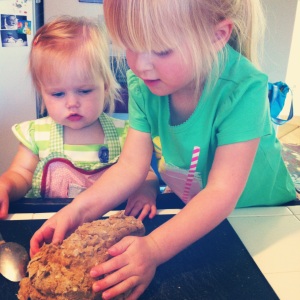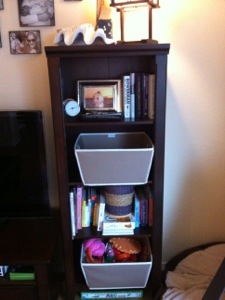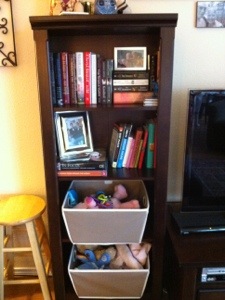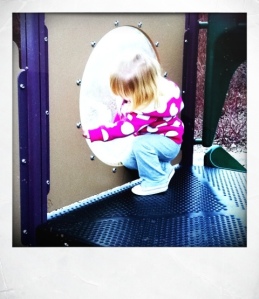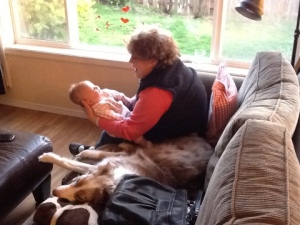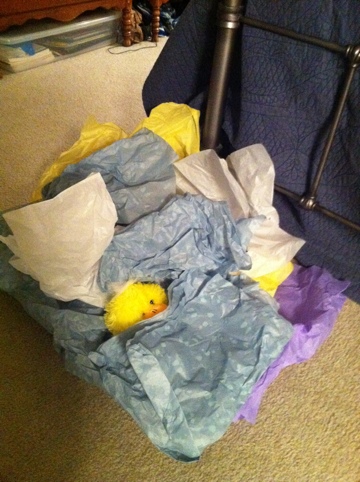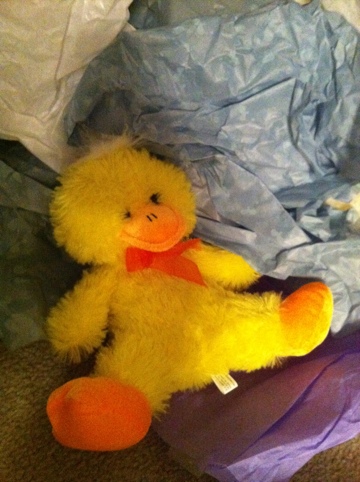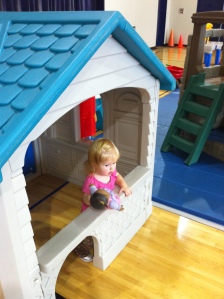We all experience fatigue in this job they call “parenting”.
One moment I can feel on my game, the house is tidy (ish) and the kids are happy, playing, and learning as they go. The next moment I round the corner into the kitchen and find the dog licking spilled juice off the floor, while one child pleadingly calls to me from the bathroom to help her wipe her bottom. At times it can feel overwhelming. I was entrusted with these little humans? To raise, to teach, to keep safe in this world. Me? How can I manage?
Interestingly, I sometimes feel the same way at my job. I’ve been entrusted with helping this child? The one who struggles to learn? The one who has such a thin line of perseverance that the slightest misstep can push them into dysregulation and a full meltdown? The one who has been written off by his teachers, or labeled and filed away by a relative? And yet we do it, day after day, week after week. We parent, we teach. Because it does make a difference. It does matter.
There are a few strategies I’ve learned to help me with those days when I am feeling especially weary. The days when I wonder if I have it in me. By focusing on a few things, I can move an otherwise overwhelming interaction into a positive one.
- Let your face light up when your child walks into the room. The first thing they see when they round that corner should be you, glad to see them, happy to have them here. It can be a mood changer.
- Still your hands, kneel down to eye level, and give your child your calm focus and attention. If there is one thing I recommend to parents, it’s to kneel down in front of their child when they talk to them. It does wonders.
- Listen. Really listen. Hear your child from where they are.
- Give a mental break. Teach your children how to have quiet time. Reinforce the idea of alone time with your child, where they can explore their own thoughts. It might be five minutes at first, but build that resilience. After lunch is usually a good time, and can give a much-needed pause to the busy day.
- When you come back together, center yourself on them. Snuggle time for the fussy toddler. Words and eye contact for the preschooler. Use yourself as their calm center for the afternoon.
- Think of what their bodies need. If the mood is sour, head outside. No matter the weather, bundle up for a walk and go. The fresh air and activity will be a game changer.
- If you’re staying in for the afternoon, feed their bodies. Ride bikes in the garage, build forts by the couch, do sensory and physical play. Put on some music and dance.
Meet your child where they’re at, setting aside your adult pace to take in the world at their level. By doing this, you are communicating at their developmental level, building language, problem-solving, and fostering exploration. Kneel down and look into their eyes: the ones that reflect your image and that reveal their heart. Kneel down.
